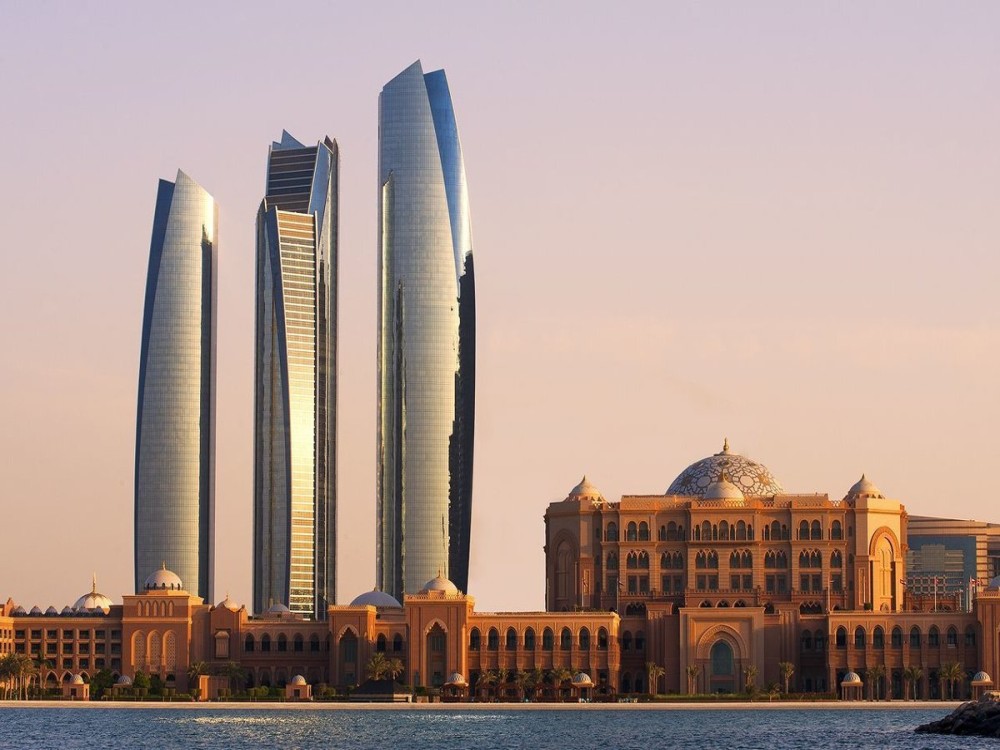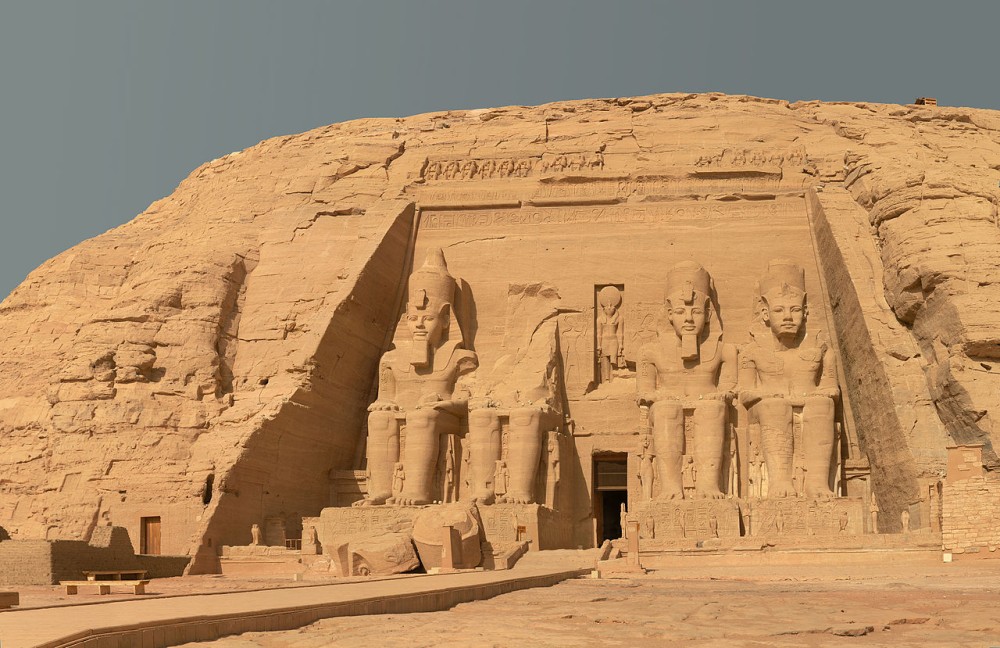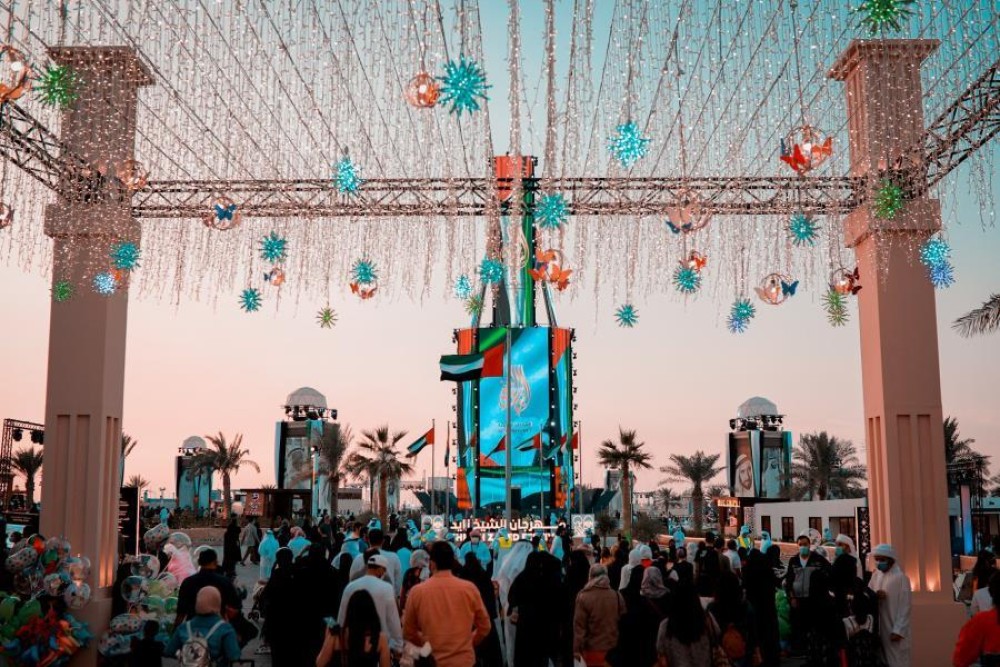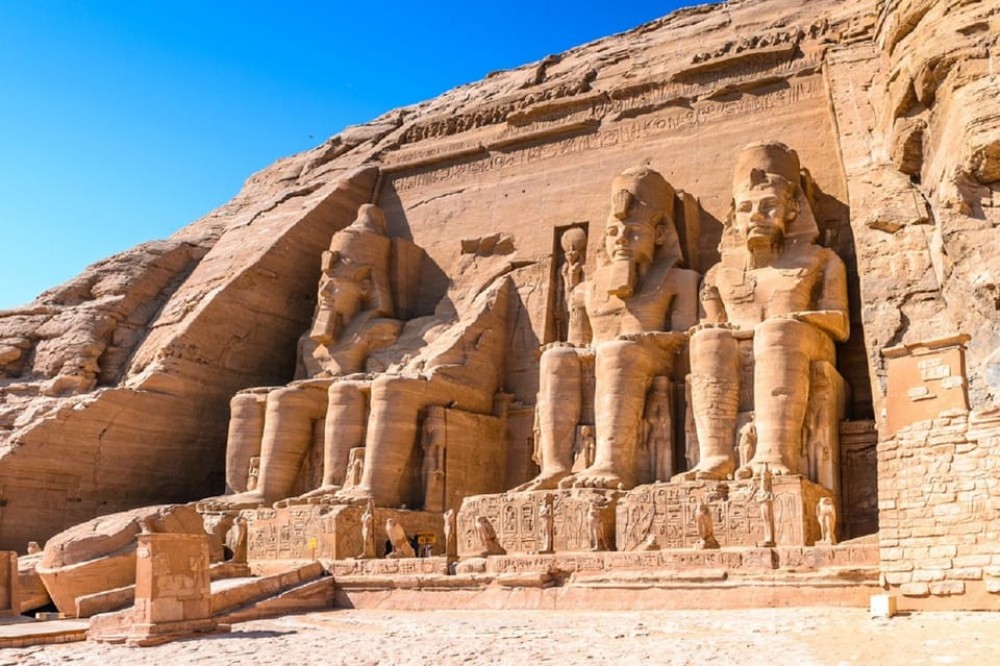Abu Simbel, nestled in the southern reaches of Egypt near the border with Sudan, is a breathtaking testament to the grandeur of ancient Egyptian civilization. Built over 3,000 years ago by Pharaoh Ramses II, these colossal temples stand as both a tribute to his reign and a demonstration of the incredible engineering prowess of the ancient world. Today, Abu Simbel is not only a marvel of antiquity but also a symbol of modern preservation efforts, thanks to a remarkable relocation project that saved it from being lost beneath the waters of Lake Nasser.


The Abu Simbel complex consists of two temples: the Great Temple, dedicated to Ramses II himself and the gods Amun, Ra-Horakhty, and Ptah, and the smaller temple dedicated to his beloved queen, Nefertari, and the goddess Hathor. The Great Temple is particularly awe-inspiring, with its four colossal statues of Ramses II seated at the entrance, each standing over 20 meters tall. These statues were designed not only to depict the pharaoh’s divine nature but also to intimidate those who approached E

In the 1960s, Abu Simbel faced an existential threat when the construction of the Aswan High Dam risked submerging the temples under the rising waters of Lake Nasser. To save these historic treasures, UNESCO launched an unprecedented international effort to relocate the temples to higher ground. Over four years, the temples were carefully cut into 1,000 massive blocks, each weighing up to 30 tons, and reassembled 65 meters higher and 200 meters back from their original location. This ambitiou

Twice a year, on February 22 and October 22, a magical phenomenon occurs at Abu Simbel. During the Sun Festival, sunlight pierces the temple’s inner sanctuary to illuminate the statues of Ramses II and two of the gods, leaving only Ptah, the god of the underworld, in shadow. These dates are believed to mark Ramses II’s coronation and birthday, showcasing the ancient Egyptians’ deep understanding of astronomy and architecture. The Sun Festival draws thousands of visitors who gather before dawn

Abu Simbel is accessible by air, road, or as part of a Nile cruise. A popular choice is to take an early-morning flight from Aswan, ensuring ample time to explore the temples and the surrounding area before the heat of the day. Alternatively, road trips and bus tours offer scenic views of the desert landscape. Visitors should allocate at least two hours to fully appreciate the temples, their intricate carvings, and the museum on-site detailing the relocation project. The best times to visit a
Copyright © 2025 All Rights Reserved

Text